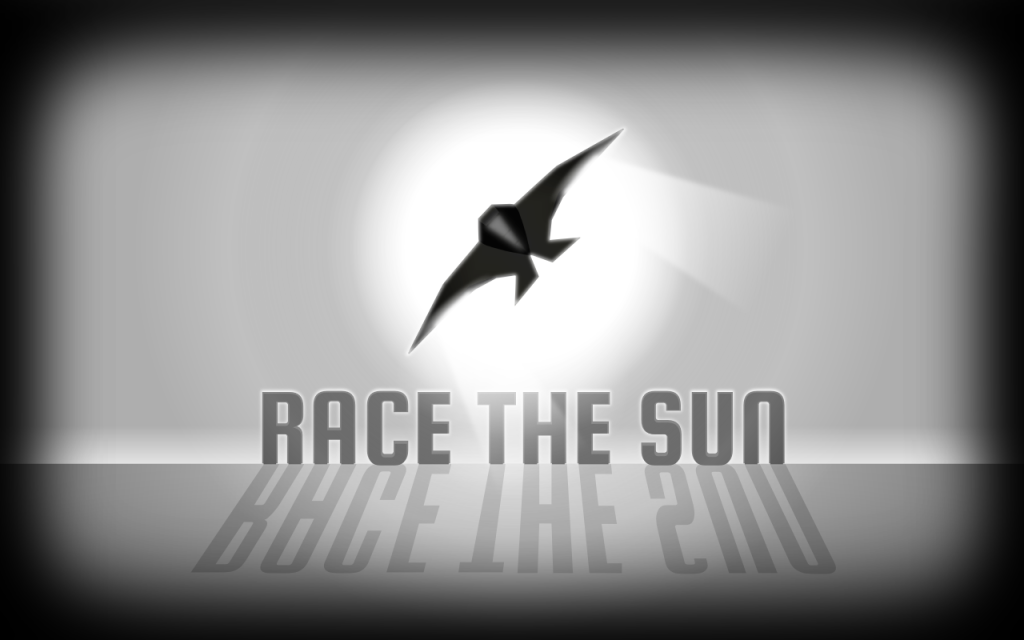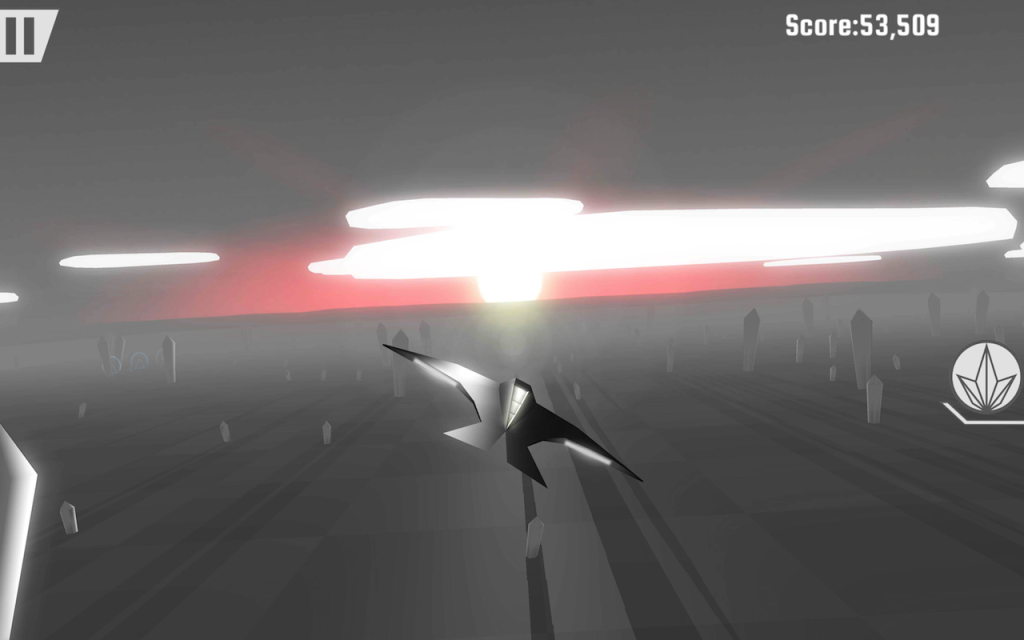Thank goodness that this isn’t the 1996 comedy drama starring Halle Berry and Jim Belushi (if you’re going to start with anything, get that out of the way first). The people at Flippfy were kind enough to let me into their super secret expensive beta for the game, and I’m delighted to say that it’s a wonderful, original, and challenging take on the “runner” genre of recent years.
ALSO ME AND JOSHUA CAULLER PLAYED IT AT PAX EAST SO YOU KNOW
And what do I mean by “runner”? I think I mean “Endless Runner”, which gained massive popularity around the time of mobile gaming. We look to the game Canabalt for its genesis and inspiration. Basically, your character runs forward. He can jump. The game randomly generates obstacles in your path that you must jump over. If you hit anything, you die. If you die, you start over. This doesn’t sound like a lot of fun at first glance; literally, it could find the most unbeleviably unfair set of obstacles in existence and throw them at you. Most games don’t do this, however, as they ease the player into the simplistic mechanics before gradually increasing the difficulty.
Usually, good games in this genre present you with a consistent jump arc and nuanced control even in the midst of what’s occurring on screen. You usually can’t play it just by memorization (unlike, say, BIT.TRIP RUNNER) because the obstacles space themselves out (and possibly introduce multiple path or gaps) that make this impossible. Thus, your attempts to survive as long as possible needs some kind of incentive other than sheer force of will. Hence, leaderboards usually make these runner game intensely competitive; the longer you survive, the higher your score. I just cite Canabalt because it represents the subgenre at its simplest: one button, plenty of obstacles, increasing speed over time, and don’t fall into pits.
Perhaps they’ve never been my style of game particularly; I like platforming, but I don’t like the strange vertigo effect that they give off in most cases. The same thing happens in Guitar Hero/Rock Band as well, but I’m not sure that kind of eye focus is healthy for you! Also, BIT.TRIP RUNNER frustrated me in many ways with its seeming inaccuracies. I’d like to have more control, not less, of my platforming experiences. I want to say that it was really my fault, rather than the game not recognizes my keys or something similarly unfair.
Race the Sun, then, actually does this by transplanting the game into a 3rd person starship action game. My first inclination was a Star Fox comparison, but I think it displays the same visual style of Canabalt to a degree. Here, we have minimalist shapes and muted colors with a cold, industrial sounding electronic soundtrack to complement the happenings. Your ship continually moves forward, and only by your maneuvering can it avoid obstacles. Playing on a PS3 controller felt like second nature; the movement felt tight and responsive, and the instant it went to neutral the ship move straight forward instead of lilting slowly in one direction or another. Clearly, the controls felt made with accuracy in mind.
At the beginning, you can only move in two dimensions, left and right – that’s to be expected. However, unlike in many runner games, Flippfly (the developers) want you to try over and over again. So, what they do is place arbitrary roadblocks between you and the next segment as a tutorial that’s not really a tutorial (if you get what I mean). You’ll cruise merrily along collecting triangles for score when you realize that the sun’s about the set and the music takes a turn for the speed and ominous. Then the game ends, seemingly out of your control, and tells you what happened: you’re Racing the Sun, after all, and you need to collect sun powerups to raise it higher in the sky – this is your time limit, and the thing you want to balance with collecting triangles for points while surviving.
That’s all well and good, but living/triangles alone won’t cap your score; something else seems missing, considering that I need to get 150,000 points for the next “level” and I’m nowhere near that. Fear not, for fulfilling more objectives in the “level” tab unlocks the score multiplier, increasing the more triangles you collect. Then when you die again, you get the ability to jump by picking up green powerups, which allows you to see such magnificent sights as below:
And it also lets you traverse obstacles that you might not have the reflexes to avoid. Survive longer and you get additional perks, such as ship configurations which make it easier to collection power-ups. It’s all very interesting because it adds new elements without making you feel like an idiot for not knowing about them at first. Like Final Fantasy XIII, but in a good way and not in a ten hours plus tutorial, Race the Sun teaches you without being patronizing. That’s a breath of fresh air in today’s gaming market, I gotta say.
To add on top of the tight controls, the task-based survival and the wonderful graphics/sound, the difficulty scales incredibly well without ever feeling the same. Even the first segments of the game feel entirely different every time you play, which definitely adds a touch of replay value. Course, you could also say that said randomness makes the scoring a bit meaningless since not everyone does the same obstacles at the same time, but the points, triangles, and powerups look capped in any particular “region” (the game’s form of “levels” in a traditional game). Considering you start from the beginning each and every time you die, I actually appreciate this greatly; instead of bowling on through the whole game and making it to “the end” (if there even is one), you get to figure out all the nuances of the controls and the design of the random generation to get top scores.
As you can see, seemingly “simple” mechanics display a lot of nuance in their implementation. You don’t need a hundred subsystems to make an engaging and deep mechanical experience; you just need a good idea attached to some wonderful tactile experiences. Those seem the most engaging, when you come down to it, because you simply enjoy it for what it is and discover all its little details over time. Even Paul in 2 Corinthians 1 speaks to the wonders of simplicity:
12 For our boast is this, the testimony of our conscience, that we behaved in the world with simplicity (holiness, depending on your translation) and godly sincerity, not by earthly wisdom but by the grace of God, and supremely so toward you. 13 For we are not writing to you anything other than what you read and understand and I hope you will fully understand— 14 just as you did partially understand us—that on the day of our Lord Jesus you will boast of us as we will boast of you.
I suppose it’s a leap to say simplicity and holiness work together, but that doesn’t seem far from the truth. The Christian life isn’t complicated – it’s just difficult. But the answers are simple, even if they’re not the answers we want. We just need to work at it, understand its nuances and intricacies, and then do it.
So it is in video games, so it is in real life.


